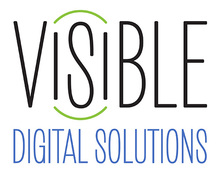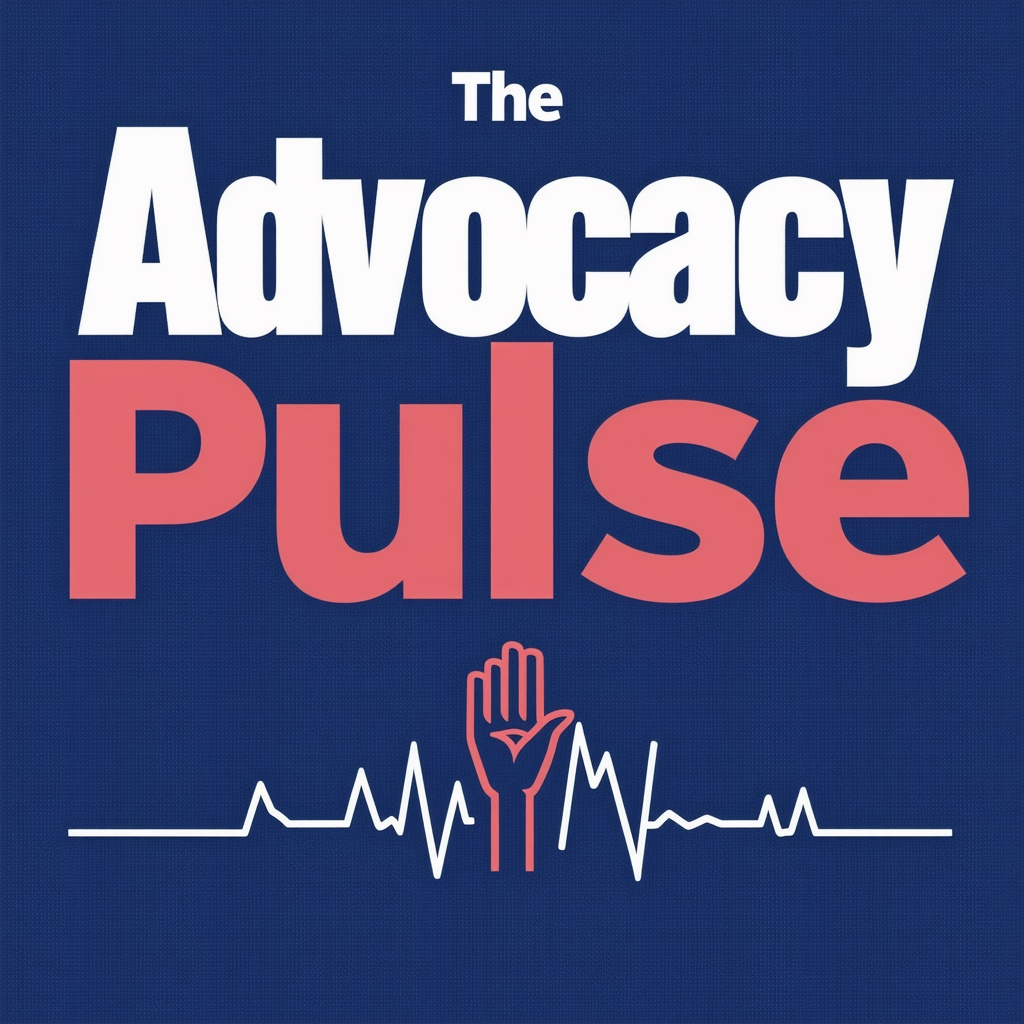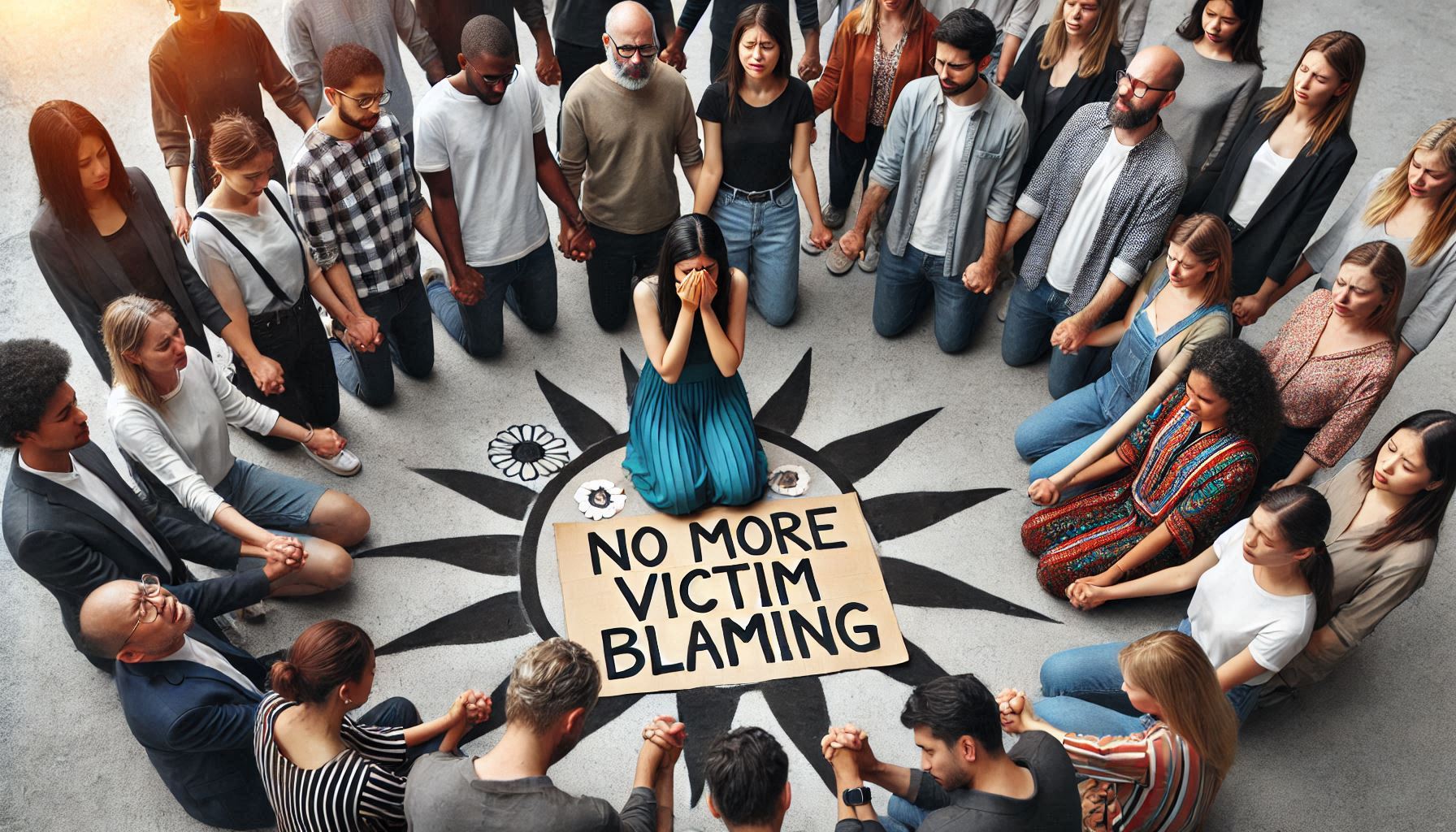

A BlogCast for Victim Advocates
Combatting Victim Blaming - Advocacy In Action

Episode/Blog Transcript
Combatting Victim Blaming - Advocacy in Action
Note: We recognize the depth of your experience, but even the most seasoned professionals occasionally need a reminder or a quick refresher.
In a world where survivors of trauma, abuse, and violence often face stigma and shame, the narrative of victim-blaming remains a pervasive challenge. Victim-blaming occurs when the responsibility for the harm inflicted on an individual is shifted onto the victim, questioning their actions, appearance, or decisions rather than holding perpetrators accountable. This harmful mindset not only retraumatizes survivors but also perpetuates a culture of silence, shame, and inaction.
Advocating for change and dismantling these destructive narratives is essential to fostering a society where survivors are believed, supported, and empowered. But how do we begin to challenge victim-blaming in real, actionable ways? Here are seven key strategies that can help combat victim-blaming and enable survivors to reclaim their voice.
1. Shift the Focus from Victim to Perpetrator
One of the most effective ways to combat victim-blaming is to refocus the conversation on the perpetrator's actions, not the survivor's behavior. Survivors often face questions about what they wore, where they were, or whether they “provoked” the harm they endured. These questions deflect accountability away from the wrongdoer and place undue responsibility on the survivor.
Advocates can challenge victim-blaming by consistently highlighting that the responsibility for harm lies solely with the perpetrator. Educating the public about the dynamics of abuse, consent, and power imbalances is key to shifting attitudes. By changing the focus to the actions and choices of the abuser, we remind society that no one deserves to be harmed—no matter their behavior, clothing, or lifestyle choices.
2. Promote Survivor-Centered Language
The language we use when discussing survivors plays a significant role in either reinforcing or dismantling victim-blaming narratives. Words matter, and when survivors are labeled as “weak,” “complicit,” or “attention-seeking,” it invalidates their experiences and perpetuates stigma.
To challenge victim-blaming, advocates should embrace survivor-centered language that acknowledges the strength, resilience, and autonomy of those who have been harmed. Terms like “survivor” or “someone who has experienced abuse” empower individuals by focusing on their agency and strength rather than reducing them to their victimhood.
Furthermore, we can challenge harmful language in the media, workplaces, schools, and communities by encouraging people to think critically about the words they use. By shifting our collective vocabulary, we begin to create a culture where survivors are honored, not blamed.
3. Support Survivor-Led Advocacy and Empowerment
Survivors themselves are often the most effective advocates for change, as their lived experiences offer invaluable insights into the complexities of trauma, healing, and resilience. Supporting survivor-led advocacy not only empowers those who have been harmed but also ensures that their voices are heard and prioritized in efforts to combat victim-blaming.
Organizations and communities can create spaces where survivors feel safe to speak openly about their experiences and work together to advocate for systemic change. Survivor-led movements and support networks offer opportunities for healing, solidarity, and strength, helping individuals reclaim their power and agency.
By elevating the voices of survivors in advocacy, we reinforce the message that they are the experts of their own lives and should be respected as such.
4. Educate the Public About Trauma and Its Effects
Many forms of victim-blaming stem from a lack of understanding about trauma and its psychological, emotional, and physical effects. To effectively challenge these harmful narratives, we must educate the public on the nature of trauma and how it affects survivors.
Trauma-informed education can provide insight into why survivors may react in ways that are misunderstood or judged by others. For example, survivors of sexual violence may exhibit behavior that seems “inconsistent” with societal expectations, such as not immediately reporting the assault, returning to the abuser, or appearing to have “moved on.” These reactions are not signs of consent or complicity—they are common trauma responses.
Advocates can promote training and educational programs in schools, workplaces, and community organizations to help people understand the realities of trauma. By raising awareness about trauma responses, we can challenge victim-blaming and build a more compassionate, understanding society.
5. Foster a Culture of Accountability
At the heart of combating victim-blaming lies the principle of accountability. When perpetrators are not held accountable for their actions, victim-blaming narratives can flourish. This is particularly true in cases of sexual violence, domestic abuse, and other forms of harm where the justice system may fail survivors.
Advocacy efforts must include pushing for stronger policies and practices that hold perpetrators accountable while ensuring that survivors have access to the support and resources they need to heal. This can involve advocating for changes in the legal system, workplace policies, school protocols, and community responses to abuse and violence.
In addition to systemic changes, we must also hold individuals—friends, family members, colleagues—accountable for perpetuating victim-blaming attitudes. Encouraging people to speak up when they hear harmful rhetoric can create a ripple effect, helping to build a culture of respect and accountability.
6. Normalize the Conversation About Support and Healing
Another crucial step in combating victim-blaming is normalizing conversations about trauma, healing, and support. Too often, survivors feel isolated, as if their experiences are shameful or not worthy of discussion. This silence enables victim-blaming to persist, as people may be less likely to speak out or seek help when they feel stigmatized.
Creating safe, open spaces where survivors can talk about their experiences and seek support is essential for breaking the cycle of blame. Support groups, community forums, and public campaigns that center the voices of survivors can help reduce the shame and isolation often felt by those who have experienced harm.
Additionally, we must acknowledge that healing is a long and complex process. Survivors should be offered resources and support on their own terms—whether through therapy, peer support, or community-based healing practices—without fear of judgment or dismissal.
7. Advocate for Policy and Legal Reform
Finally, advocacy must extend beyond individual actions to systemic and structural change. Policies and legal frameworks that fail to protect survivors or perpetuate harmful stereotypes must be reformed. This includes pushing for changes in how police handle cases of abuse, how courts treat survivors during trials, and how schools and workplaces respond to incidents of violence.
Advocacy groups like NOVA and others can work to influence legislation, promote survivor-friendly policies, and hold institutions accountable for creating environments where survivors are treated with dignity and respect. When policy changes align with survivor rights and support, it sends a powerful message that society is serious about ending victim-blaming and standing with survivors.
Conclusion
Combatting victim-blaming requires a collective effort to shift cultural attitudes, educate the public, and empower survivors. By focusing on accountability, promoting survivor-centered language, and creating spaces for healing and advocacy, we can challenge harmful narratives and build a world where survivors are supported and believed.
Advocacy in action means actively engaging in conversations, challenging injustice, and ensuring that survivors reclaim their voice, their autonomy, and their strength. Together, we can create a society where no one is blamed for the harm done to them, and everyone is empowered to heal.
On behalf of the team at Visible Digital Solutions, thank you for your service!
_____________________
Learn how our eVAC program can assist you with your victims of crime. Click here for more information.
RECENT POSTS
Tap the three lines to see Post list.
Copyright - Visible Digital Solutions LLC | Privacy Policy